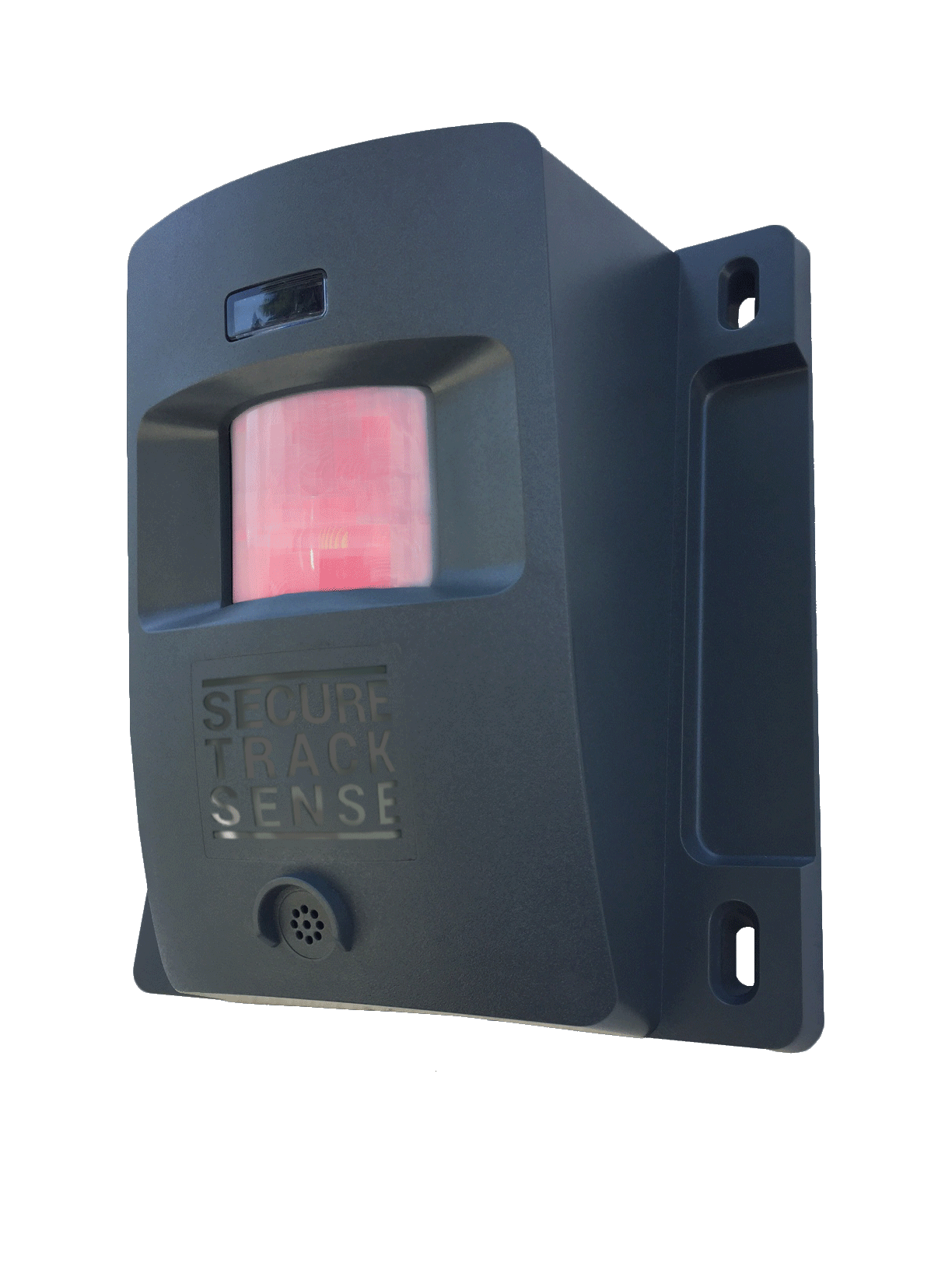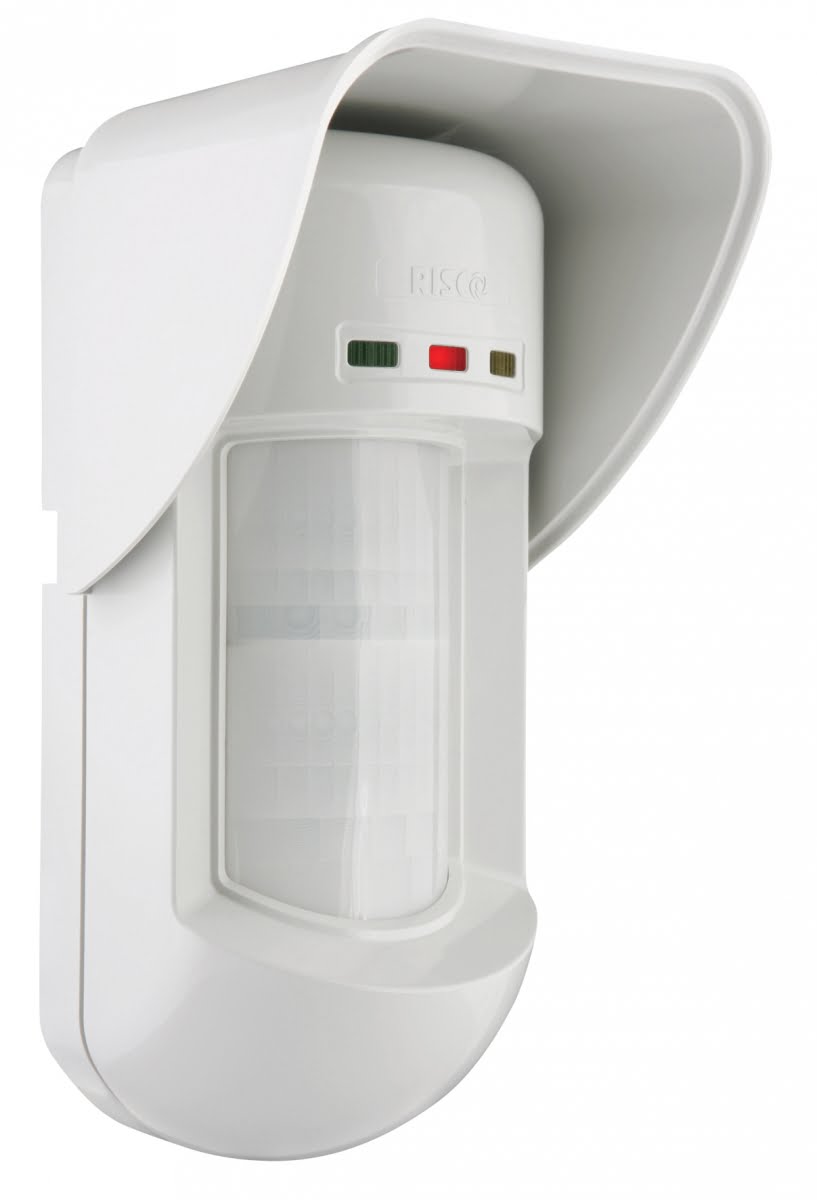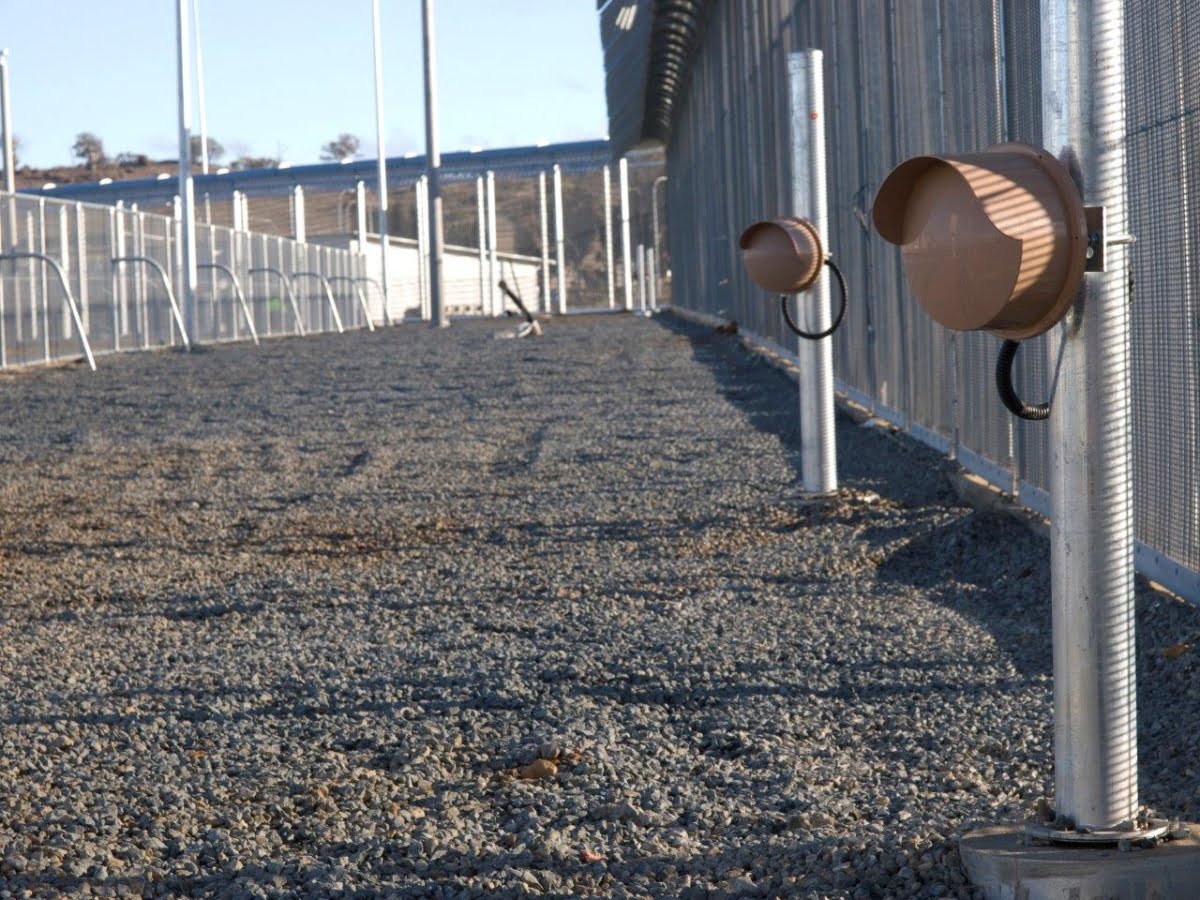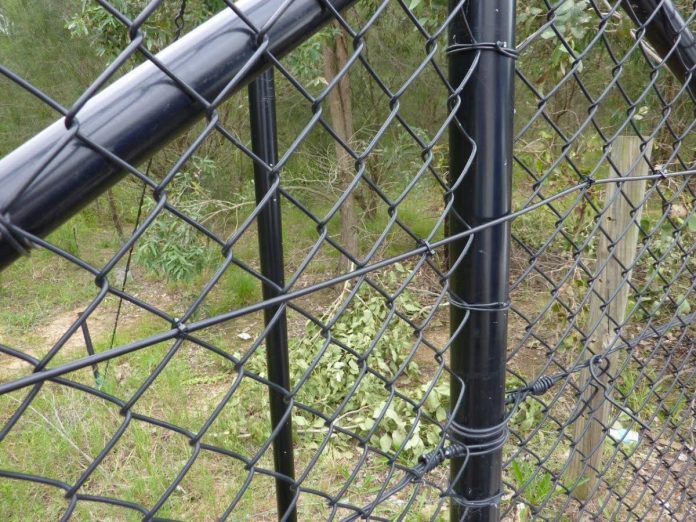External alarm sensors are a cost-effective solution, either as stand-alone units or to compliment an existing CCTV solution. Wireless external alarm sensors have the added benefit of not requiring any infrastructure together with rapid installation.
ALARM systems are still a core part of any electronic security system and there’s considerable benefit to be gained from taking alarm zones outside of buildings and pushing them in external areas – perimeters, covered areas, building approaches and natural choke points for foot traffics. A particular strength of external alarm sensors is their ability to enhance integration with CCTV solutions by swinging cameras to view and record presets, as well as alerting management or security operators to the presence of a zone in alarm.
According to Robin Mysell, CEO, ATF Services, external alarm sensors are particularly good at increasing the capability of video surveillance systems to detect intrusion events.
“Installing an external alarm sensor can definitely improve an outdated CCTV solution by providing the benefits of the latest technology for a minimal cost outlay,” Mysell says.
There are many external alarm detection technologies – PIR/microwave volumetrics, AIRS beams, capacitance detection systems, fibre optic detection systems – do you think any are superior, or should multiple technologies have a place in a balanced alarm system?
“I agree that multiple technologies have a place in a balanced system although it all depends on the available infrastructure and the areas to be monitored,” explains Mysell. “As an example, microwave technology uses significantly more power than PIR devices, however, PIR devices have limited area coverage.”

When it comes to the most important qualities of any external alarm sensor technology, Mysell argues for wireless, anti-jamming capability, vandal and weather-proofing and low power consumption to extend the battery life of the sensors.
“I would opt for wireless, as long as it has adequate anti-jamming capabilities as this provides future flexibility without any additional infrastructure costs,” he says.
Something worth considering is whether installers should be thinking about external detection more often when it comes to small commercial and residential applications. Mysell argues high quality external sensors could be used with mid-range or even domestic grade alarm panels in some circumstances.
“As long as the alarm panels have adequate anti-jamming and communication capabilities, external alarm sensors can complement mid-range and domestic alarms,” he explains. “And I think installers should think about external sensors more often. Preventing access to a building through activation of an external zone is superior to only triggering an alarm event once an intruder has gained entry.”
What tips would you give security integrators to ensure they get external intrusion detection solutions right?
“Understand the environment your alarm will be installed in and ensure the technology installed significantly limits false alerts,” says Mysell. “That is the biggest problem encountered with outdoor alarm solutions.”
Peter Mohan of Ness Corp says that when used in the right situations external sensors can be an important first line of defence for perimeter protection and spot protection outdoors.
“Speaking for ourselves, we’re very happy with the performance of our wireless outdoor PIRs,” Mohan says. “The Ness TX-114R and TX-103R are a great marriage of Takex outdoor PIR technology and Ness wireless technology. Used in the correct situations, the results are extremely impressive as reported by some high-end integrators who have used the devices on sensitive sites.”
“We’re naturally biased towards wireless. The Ness transmitters fitted to our Ness-Takex sensors give us portability, extremely useful radio range and of course full compatibility with Ness control panels and receivers,” Mohan says.
“For installers, the one big tip is read the manual. Ness-Takex sensors are quite forgiving outdoors and the TX-114R is also animal tolerant but no earthly technology will save you if the sensor is installed in the wrong environment or incorrectly adjusted.”

CSD’s Paul Knight, product manager intrusion says external alarm sensor are specifically designed to detect an intruder prior to reaching the protected area.
“This early detection has a high possibility of deterring the intruder totally, or at least slowing them down giving much need time for authorities to respond,” Knight explains. “And a well-designed system that incorporates alarm and CCTV integration will always deliver a better outcome than 2 individual systems.
According to Knight, it’s vital that installers use the correct product and technology in the role for which it was designed.
“Different technologies offer different forms of detection with varying price points,” he says. “Each site should be evaluated on risk vs budget. And while you can use high end sensors with low end alarm panels, the system will offer superior functionality and integration if quality external sensors are combined with high end control panels.
“Installers should definitely consider using external sensors more often,” he says. “And especially in domestic installations, as these systems are designed to protect people when they are at home. External sensors are the first line of defence, followed by perimeter sensors then internal sensors.

“I am personally an advocate of hardwired devices, however, wireless offerings have improved dramatically over the years, and it makes deployment simpler.” Says Knight. Installer should investigate the customers’ requirements, and discuss available technologies, then select a technology suitable to their needs.”
Charlie Michael of Perimeter Systems says external sensors or perimeter intrusion detection systems (PIDS) give early detection of intrusion even before premises are breached and this capacity means the correct technology should be selected and quality devices used.
“For instance, perimeter intrusion detection systems (PIDS) such as quality fence detections systems with precise target location that can locate intruders to within a fence panel (3m) can be used to create multiple free format fence zones with each fence zone programmed to a PTZ preset,” Michael says.
“When it comes to the most important qualities of any external alarm sensors, I think it’s the ability to work in all-weather conditions i.e. rain, fog, wind, etc, while being able to differentiate between actual alarms and nuisance alarms such. The placement of the sensors must be extremely accurate otherwise they are ineffective. It is important to keep in mind that weather conditions like fog and snow may interfere.

“Another important PIDS feature is ease of installation eliminating the amount of external cabling and infrastructure keeping the overall cost down – for instance, PE beams, microwaves and some fence detection systems require cabling to each zone which may require a lot of work and cost but a good quality fence detection system will only require 1 or 2 locations on the fence for data/power cabling.
“There are several external perimeter detection (PIDS) technologies and each has its advantages and disadvantages, in many cases and in higher security applications different technologies are used, for example a fence detection system is used on the external fence with microwave, buried cable sensor or PE beam inside the secure area or sterile zone.
“Having said this, I think some external sensor technologies can be used in low security domestic and commercial applications, sensors such as external PIR/Microwave sensors, while PE Beams and fence detection systems are better for commercial applications,” Michael says.

“Typically, external sensors are hard wired, but wireless technology is available to be used with external PE beams, there are PE beams sensors that have on board battery with over 5-year battery life and can be used with a number of external RF transmitter/receivers that can be connected to any alarm system.
“The tip I give to integrators to get the best in perimeter detection is it consult with a specialised perimeter detection company and get the best advice about which technology and system design is best for their application.” ♦











